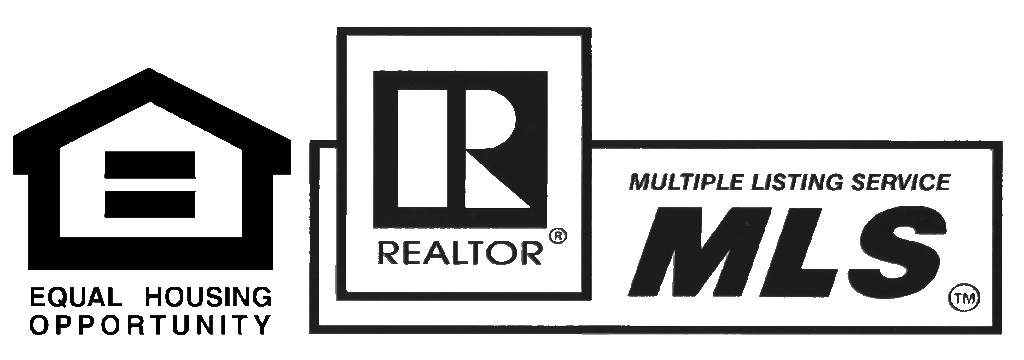If you are interested in purchasing property or land, chances are you will need some type of loan. Finding the right loan will take time and will differ depending on your financial needs. There are many different factors to consider. Here are a few things to think about.
- Your current financial status.
- How you believe your finances will change over time.
- How many years you plan on keeping your house/land/income-property.
- Would you be comfortable if your mortgage payment changed over time?
To find the best method of financing you should contact a mortgage professional. He or She will be able to discuss your finances, your future plans, and the amount of risk you want to take on. To get started, here are some different types of Loans, and information on how they work!
These mortgages are the most common type of mortgage. With a Fixed Rate Mortgage you will have monthly payments that will continue throughout the duration of the mortgage term. In this, you will be paying down both interest and the principal over time. Sometimes you may incur increases in property taxes and in your homeowners insurance, however, your monthly payments will remain stable.
There are a few different types of mortgages available. There are 30 year, 20 year, 15 year, and 10 year loans available. There are two distinct features of Fixed Rate Mortgages. The first distinction is that the interest rate will remain fixed for the entire duration of the loan. The second is that payments for the loan are structured so that you will re-pay the loan at the end of the term. Both the 15 year and 30 year mortgages are the most common fixed rate loans.
At the beginning of the amortization period of a Fixed Rate Mortgage the majority of the loan payment is used to pay the interest on the loan. As time goes on this gradually shifts to paying more of the principal amount.
ARM loans are considered to be more risky of an investment. There are a few options that can work to fit your individual needs within various markets.
ARMs that have different indexes are available for refinancing and purchase. To take advantage of falling interest rates, you could purchase an ARM loan that has an index which reacts quickly. On the other hand, if you choose an ARM loan that lags behind, the market will allow you to take advantage of lower rates for a brief time as current market rates are moving upward.
Interest rates and monthly payments with an ARM can be different based on adjustments to the index rate of the loan. There are a few different types of ARM loans. Here are the basics, however, it is encouraged to seek additional assistance before signing for a specific loan.
6 Month Certificate of Deposit (CD) ARM
In this program, the loan has a maximum interest rate adjustment of 1% every six months. These loans can react very fast to movements in the market.
1 Year Treasury Spot ARM
In this program there can be an interest rate adjustment of 2% for every 12 months of the loan. This type of loan can react faster than the Treasury Average index, however, it is slower than the CD index.
6 Month Treasury Average ARM
This loan program typically reacts slower in fluctuating markets so adjustments in the ARM rate will lag behind some other indicators. This program offers an interest trade adjustment of 1% every six months.
1 Year Treasure Average ARM
Similar to the Treasury Spot ARM, this program has a maximum interest trade adjustment of 2% every one year. This type of program typically has a slower reaction in fluctuating markets. This allows for adjustments in the ARM rate to lag behind other indicators.
Balloon loans can have different types of maturity rates. The typical Balloon loan has a term of 5 to 7 years if it is a first mortgage. These loans are short term and do not fully amortize over the original term of the loan.
When a balloon loan comes to maturity, there is typically still a remaining balance to be paid off. At this time mortgage companies will require the loan to be paid in full. This can either be accomplished by paying the loan off, or by refinancing. Often, companies also have a conversion feature at the end of the Balloon term. One example of this would be if a balloon loan was coming up for expiration, the loan may convert to a 15 or 30 year fixed loan plus a percentage point in surplus of the loan. The balloon mortgage with a conversion option is often called a 7/23 Convertible or a 5/25 Convertible.

